Make sure to sign up for an account today for exclusive coupons and free shipping on orders over $75!
Maximum quantity allowed is 999
Performance evaluation of highly regioregular “P3HT”
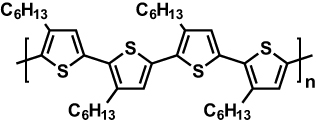
Fabrication and Evaluation of P3HT-based OFET Devices
A device fabrication procedure
The hole mobility of P3HT [P2513] was measured using a top-contact OFET geometry (Figure 1). The P3HT [P2513] was dissolved in chloroform:trichlorobenzene at a concentration of 10 mg/ml. The solution of P3HT [P2513] was spin-coated (1500 RPM) onto n-Octyltrichlorosilane (OTS) [O0168] -treated Si/SiO2 substrate in a nitrogen glove box, and then thermally annealed for 30 min. A gold layer with 40 nm thickness was deposited in vacuum chamber to serve as drain and source electrodes through a shadow mask on top of the P3HT [P2513] film; the drain-source channel length (L) and width (W) are 50 μm and 1.5 mm, respectively. The characteristics of the OFET devices were measured under nitrogen conditions. The other five P3HTs were also evaluated under the same protocol.
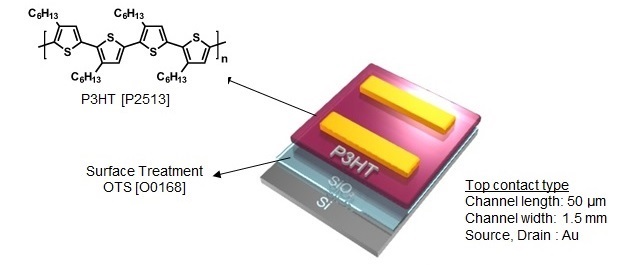
Figure 1. Illustration for the device structure of P3HT-base OFET device
(1) A correlation between the hole transport mobility and the molecular weight
The device performances of P3HT [P2513] (high molecular weight Mn: 40K) and the other three P3HT samples having low molecular weights (Mn: 8K~28K), are summarized in Figure 2 and Table 1. The sample 1 and 2 were synthesized by the same DArP method same as with [P2513].
The OFET performances of P3HT-based devices were improved by increasing the molecular weights of P3HT. In the case of P3HT [P2513], the device achieved the highest transport performance with a hole mobility of 0.1 cm2/Vs and an on/off ratio of 9×104. The high molecular weight could enhance a crystallinity of P3HT in the film form, that could be a reason why P3HT [P2513] possesses the excellent performances of OFET.
The molecular weight of P3HT [P2513] was set 30K ~ 45K as a specification.
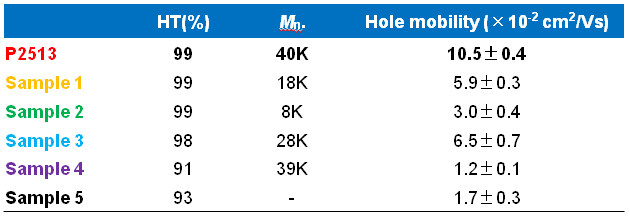
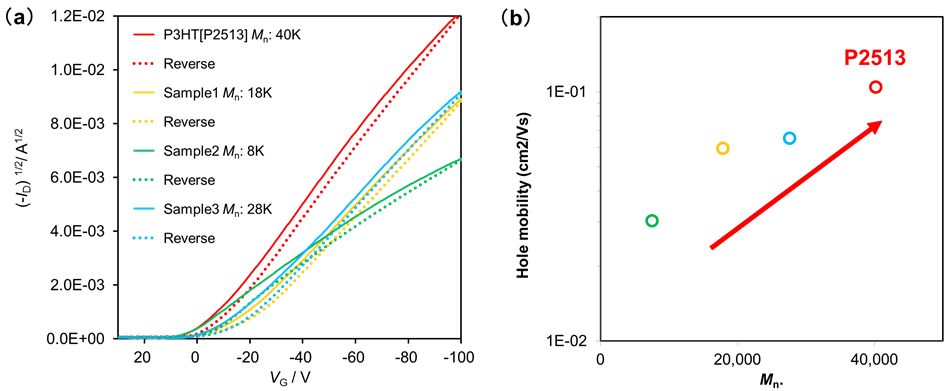
Figure 2. (a) Transfer curves of P3HT-based devices differ from molecular weight of P3HT, (b) A correction between the hole transport mobility and the molecular weight
(2) A correlation between the hole transport mobility and the regioregularity
The device performances of P3HT [P2513] (the high regioregularity >99%) and the other two P3HT samples having low regioregularities (91, 93%), are summarized in Figure 3 and Table 1. The sample 4 and 5 indicate competitor's P3HT.
The OFET performances of P3HT-based devices were drastically improved with increasing the regioregularities of P3HTs. While sample 4 (HT: 91%, Mn: 39K) had a high molecular weight as P3HT [P2513] (Mn: 40K), the hole transport mobility of the sample 4-based device was lower than that of the sample 2 (HT: 99%, Mn: 8K) -based device. From these results, the OFET performances of P3HT could be enhanced by the regioregularity rather than the molecular weight of P3HT.
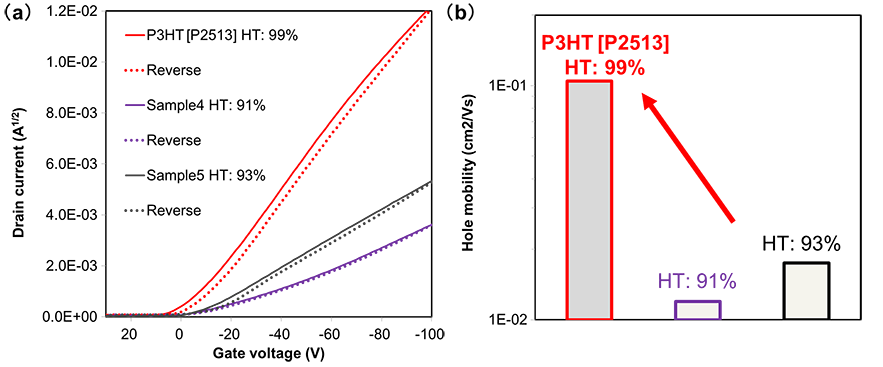
Figure 3. (a) Transfer curves of P3HT-baseds differ from regioregularity of P3HT, (b) A correction between the hole transport mobility and the regioregularity
References
- 1) Q. Wang, R. Takita, Y. Kikuzaki, F. Ozawa, J. Am. Chem. Soc. 2010, 132, 11420.
- 2) J.-R. Pouliot, M. Wakioka, F. Ozawa, Y. Li, M. Leclerc, Macromol. Chem. Phys. 2016, 217, 1493.
- 3) J.-F. Chang, B. Sun, D. W. Breiby, M. M. Nielsen, T. I. Sӧlling, M. Giles, I. McCulloch, H. Sirringhaus, Chem. Mater. 2004, 16, 4772.
- 4) L. A. Majewski, J. W. Kingsley, C. Balocco, A. M. Songa, Appl. Phys. Lett. 2006, 88, 222108.
- 5) R. Zhang,B. Li, M. C. Iovu, M. Jeffries-EL, G. Sauvé, J. Cooper, S. Jia, S. Tristram-Nagle, D. M. Smilgies, D. N. Lambeth, R. D. McCullough, T. Kowalewski, J. Am. Chem. Soc. 2006, 128, 3480.
- 6) H. Sirringhaus, P. J. Brown, R. H. Friend, M. M. Nielsen, K. Bechgaard, B. M. W. Langeveld-Voss, A. J. H. Spiering, R. A. J. Janssen, E. W. Meijer, P. Herwig, D. M. de Leeuw, Nature, 1999, 401, 685.

